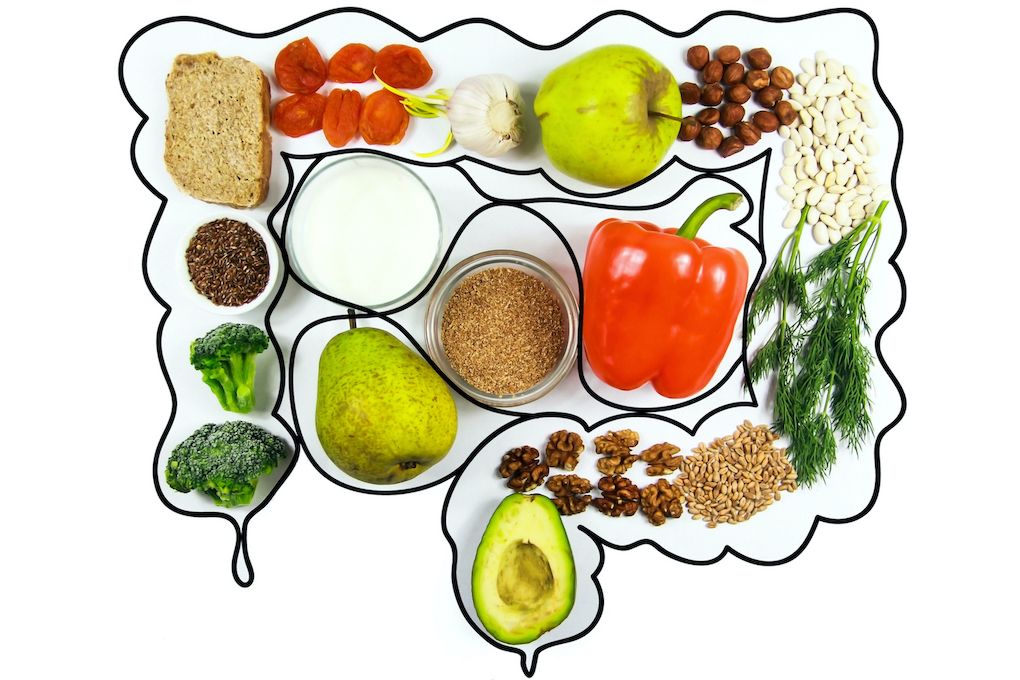Trend: Skin Care with Bacterial Cultures
Cosmetics companies are increasingly relying on care products with bacterial cultures. The so-called probiotics are supposed to bring problem skin back into balance by balancing the “good” and “bad” bacteria.
Probiotics are known from the grocery store. These living microorganisms are found especially in yoghurts and fermented foods such as sauerkraut. Their main task: They ensure a healthy intestinal flora. And now we should smear it on our faces! Sounds a bit disgusting at first. But of course there are no living organisms in the cream jar. “They are prepared beforehand in the laboratory and incorporated into the texture in a dissolved form,” explains Britta Klebon from the L’Oreal research department.
The microbiome in the focus of science
The word probiotic comes from the Greek and means something like “for life“. And that is pretty much the case, because probiotics in their original form are living microorganisms. We know about 400 different probiotics out of an estimated 40 trillion bacteria that are mainly on the mucous membrane of the large intestine. The most well-known are the lactic acid producing bacteria, which are called lacto- and bifidobacteria, and keep the intestine healthy. However, this finding is not new. As early as 1908, the Russian bacteriologist Ilja Metschnikow received the Nobel Prize in Physiology and Medicine for discovering that the lactic acid bacteria in yoghurt can support our immune system and fight pathogens in the human gut. The term “microbiome” is newer, and research into it has now become the focus of research after decoding the genome. It describes the entirety of all microbial roommates, including their habitats and ecological functions. It was shaped by the US molecular biologist Joshua Lederberg, who died in 2008. Decoding the microbiome is a mammoth task for science. The human body serves the diverse microbes (bacteria, viruses and fungi) with a total weight of up to 1.5 kg as a complex ecosystem. This primarily includes the bacteria in the intestine, but also those in the skin, urogenital tract, mouth, throat and nose. “What makes the evolution of microbes so fascinating and at the same time so worrying is their combination of huge populations with intense fluctuations within these populations,” Lederberg wrote in 2000. How a healthy microbiome should look is still unclear. Especially since everyone has their own, individually composed microbiome that is influenced by genetics, the environment and lifestyle. A kind of genetic fingerprint. The intestinal bacteria also teach our immune system to differentiate between “good” and “bad” germs.… weiterlesen

CultureAndCream Author from Munich
To travel during my profession as a beauty journalist was never enough for my. Also my six month on a world trip didn’t do it. It always attracts me to other cities, foreign countries, on roadtrips and places I don’t know yet. But I am not only interested in “culture” and “cream”, I am also fascinated by people who have stories to tell . Such unique experiences I want to share with you.
